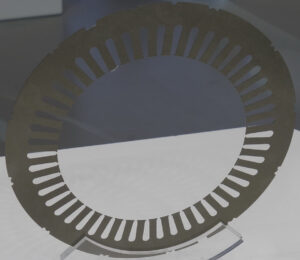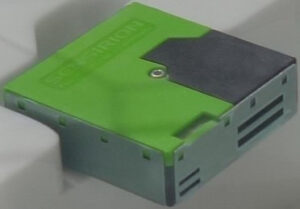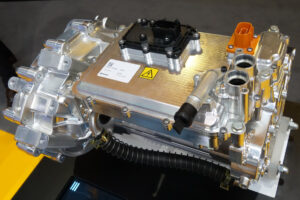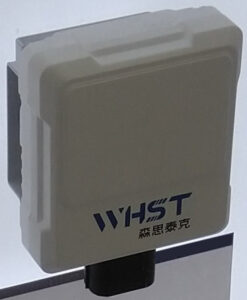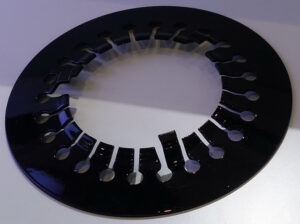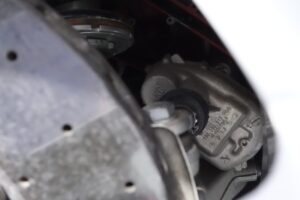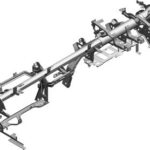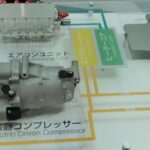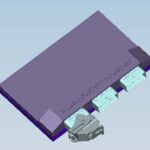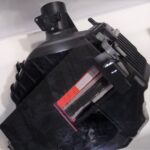ZF has initiated the first launch of its Imaging Radar technology to China’s SAIC Motor Corporation for its R-Series vehicles.
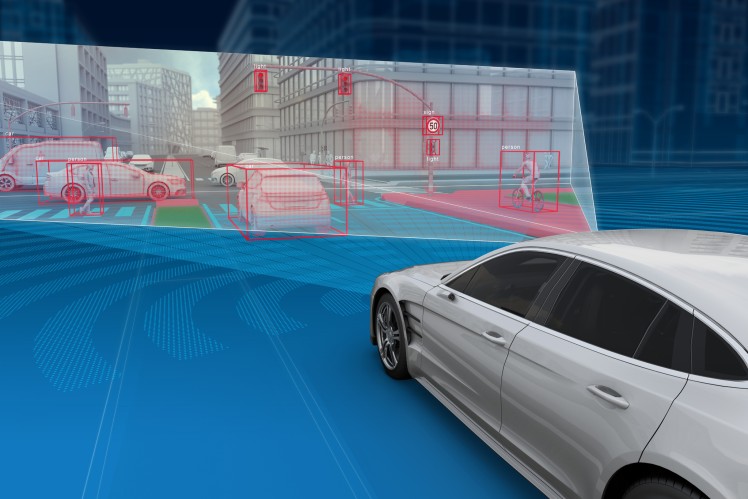
Imaging Radar technology offers high resolution for four dimensions: range, velocity, azimuth (horizontal) and elevation (vertical). The addition of the elevation angle helps generate an enhanced 3D image of the traffic situation, enriched with speed information, resulting in a super dense and digitally processed environmental model. This information helps a vehicle on a roadway to detect the end of a traffic jam, even under a bridge or in a tunnel at an early stage and the system is designed to provide brake warnings or potentially trigger Automatic Emergency Braking if a driver is not responding. The Imaging Radar also provides information that helps detect the edge of the road and whether there are free passing areas in front and at the side of the road for helping enable systems like Automatic Emergency Steering Assist.
Imaging Radar has considerably higher resolution than radar solutions available, today which typically have only 12 channels (three transmitters, four receivers). In ZF’s Imaging Radar, the number of channels is 16 times greater resulting in a total of 192 channels available.
The Imaging Radar’s high information density enables very detailed object recognition. For example, it can detect challenging objects like a child in the road up to five times better than typical radars, allowing more precise information in registering the speed of the measured object for each measuring point. ZF’s Imaging Radar can even detect the movement of individual limbs – allowing the sensor to potentially recognize in which direction the pedestrian is walking.
Imaging Radar is an important addition to ZF’s comprehensive sensor set for automated driving functions. With an aperture angle of 120-degrees, it is designed for a wide range of situations: from slow city traffic to driving on country roads and highways. At 350 meters, the range is well above the current state-of-the-art Imaging Radar is highly flexible allowing various mounting positions around the vehicle with 360-degree coverage and works effectively in low or high mounting positions for sports cars up to trucks while being tuned to their specific driving dynamics. It utilizes the 77 gigahertz band and the Fast Ramp Frequency Modulated Continuous Wave (FMCW) modulation shared with other radar sensors from ZF.

